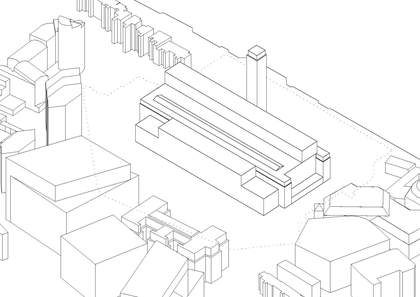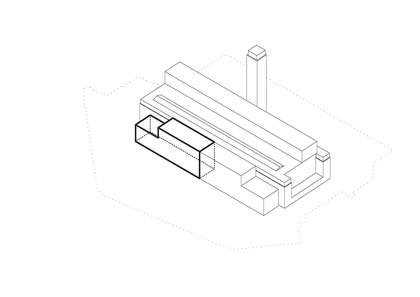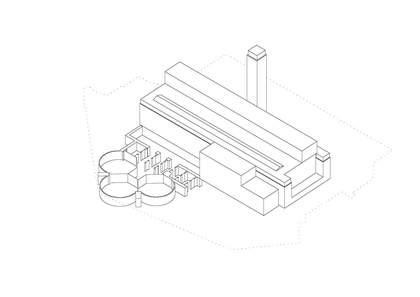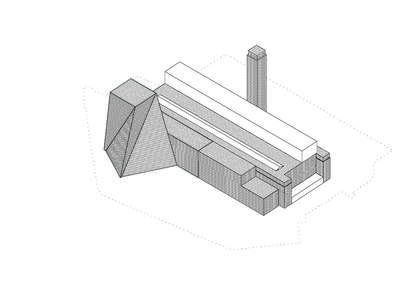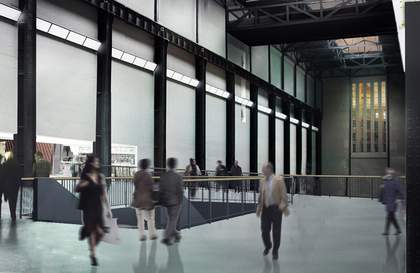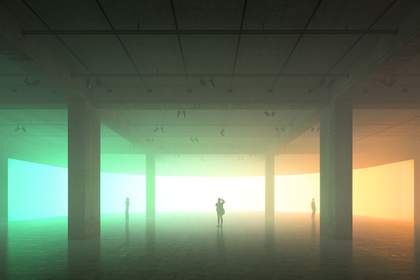The reasons for The Tate Modern Project
Tate Modern was designed for an annual audience of 2 million visitors. It now receives around 5 million visitors each year. This success has put pressure on our existing facilities and programme.
Different kinds of gallery spaces are needed to better display the works in the Collection. Film, video, photography and performance have become more essential strands of artistic practice, and artists have embraced new technologies. Ambitious and imaginative installations are now pushing traditional gallery spaces to their limits.
Switch station and oil tanks: an ideal opportunity to expand
The opening of Tate Modern in May 2000 was intended as the first stage in the development of the former Bankside Power Station. It was always envisaged that the derelict oil tanks and the switch station to the south of the site could eventually be integrated into the gallery.
The electrical switch station is still used to power a large part of the City and South London. EDF, who own the station, are modernising their equipment so it will take up a smaller part of the building.
This provides us with the ideal opportunity to expand Tate Modern, with the oil tanks forming the foundation of the new building.
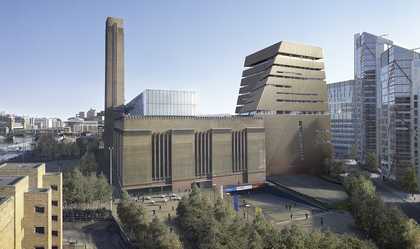
View from the West (Falcon Point)
© Hayes Davidson and Herzog & de Meuron
The Tate Modern Project
The expansion will create a less congested, more welcoming environment. The exhibition and display space will be almost doubled, enabling us to show more of our Collection. There will be more cafes, terraces and concourses in which to meet and unwind.
Learning will be at the heart of the new Tate Modern, reflecting Tate’s commitment to increasing public knowledge and understanding of art.
There will be a range of new facilities throughout the building for deeper engagement with art: interpretation, discussion, private study, participation, workshops and practice based learning.
Closer to the community
Tate Modern is part of the neighbourhood. Its presence has made a major contribution to the ongoing revitalisation of Southwark, and it recognises the importance of building strong links with the local community. The Transforming Tate Modern project will be a catalyst for engaging local audiences more deeply and broadening access to the museum.
The new development will continue to bolster the growth of the borough. A public walkway through the building will make possible a direct route from the City to the heart of Southwark.
There will be two new public squares to the south and west of the building. To the east, a new planted area will be created especially for the use of the local community and staff.

